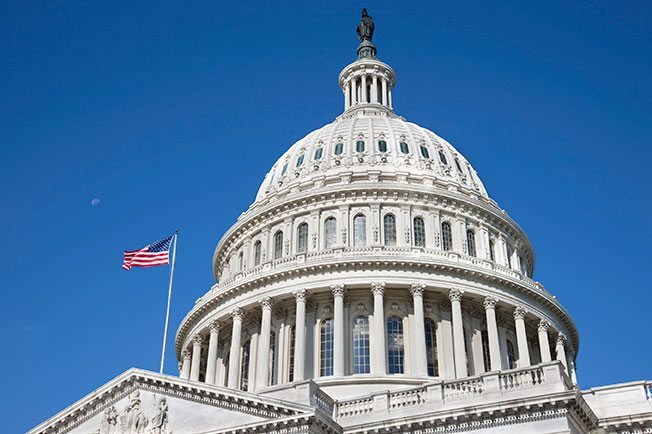Job Killing Government Regulations
With all the recent talk about our new President and Congress scaling back regulations, particularly job killing government regulations, we started musing about the DOT drug and alcohol testing regulations. The first thought is that rather than killing jobs, the 49 CFR Part 40 Regulations actually created a lot of jobs. Entire new businesses, such as collection sites and mobile drug and alcohol testing companies, C/TPAs, and training companies, have been created to meet the demand for drug and alcohol testing services. A number of businesses that might still exist without the DOT regulations, such as laboratories, MRO services, and alcohol test device manufacturers, have added staff in order to handle the significantly increased demand created by the regulations.
The robust drug and alcohol testing industry that we know today, which includes DATIA and SAAPA, would likely not exist were it not for those regulations. Although workplace drug and alcohol testing was happening prior to the DOT regulations, the DOT regulations created the critical mass of potential members that made it feasible for these professional organizations to thrive.
Another thought that’s relevant to the jobs created by the DOT regulations is the axiom: One person’s cost is another person’s revenue. That’s certainly the case here as well. The transportation industry employers, primarily trucking companies, have born the cost of the drug and alcohol testing regulations. In addition to the cost, the DOT regulations make life more complicated for employers, particularly in the hiring process, to comply with pre-employment testing regulations. One thing we don’t hear from transportation industry employers, however, is that the DOT drug and alcohol testing regulations cost jobs.
Government Regulation Benefits
Which brings us to our last thought: Congress directed that DOT create the drug and alcohol testing regulations with the goal of increasing public safety. Any regulation must reasonably balance the benefit of the regulation with the cost. The DOT regulations have been fairly successful in keeping costs in line with benefits. The regulations include a formula for adjusting the random rate for drug and alcohol testing based on the percentage of positive results. Currently all DOT agencies are at the minimum random rates because of the low incidence of positive tests for drugs and alcohol. Another reason that the DOT regulations seem to have gained acceptance as having a reasonable cost/benefit is that the harmful accidents caused by impaired transportation employees are so visible and tangible they are indisputable. In contrast, regulations that aim to improve the quality of the air we breathe have much more difficulty demonstrating the harm from breathing dirty air.
We suspect that many who read our blogs and newsletters owe at least a portion of their job to the DOT regulations. So next time you hear the phrase “job killing regulation” you might reflect that not all regulations are job killers – some regulations create jobs.

